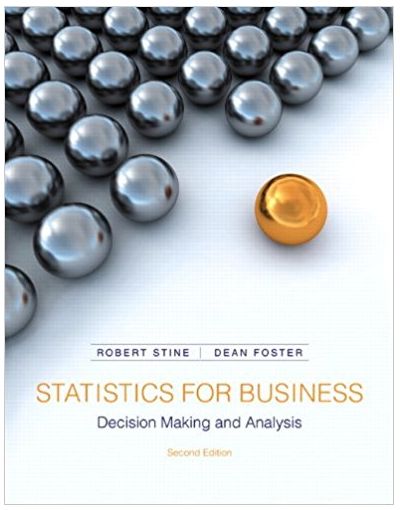1. The function defined as p(1) = 1 / 2, p(2) = 1 / 4, p(3) =...
Question:
2. The function defined as p(1) = 1 / 2, p(2) = 1 / 4, p(3) = 1 / 2, p(4) = -1 / 4, and p(x) = 0 otherwise is a probability distribution that could be used to model X.
3. If the new style of billing increases the average number of connections used by customers, then E(X) 7 E(Y).
4. If a customer can have from 1 to 10 possible connections in the current setup, then 1 . E1X) . 10.
5. The mean E1Y2 must be an integer because this random variable can only be an integer.
6. If the cable network counts the number of connections used by 100 customers, then the average count of these customers is the same as E(X).
A cable television provider is planning to change the way that it bills customers. The new billing would depend on the number of computers and televisions that customers connect to its network. The provider has asked managers to participate in the planning by describing a random variable X that represents the number of connections used by a current customer and a second random variable Y that represents the number of connections used by a customer after the change in billing. All customers must have at least one connection. Distribution
The word "distribution" has several meanings in the financial world, most of them pertaining to the payment of assets from a fund, account, or individual security to an investor or beneficiary. Retirement account distributions are among the most...
Fantastic news! We've Found the answer you've been seeking!
Step by Step Answer:
Related Book For 

Statistics For Business Decision Making And Analysis
ISBN: 9780321890269
2nd Edition
Authors: Robert Stine, Dean Foster
Question Posted:





